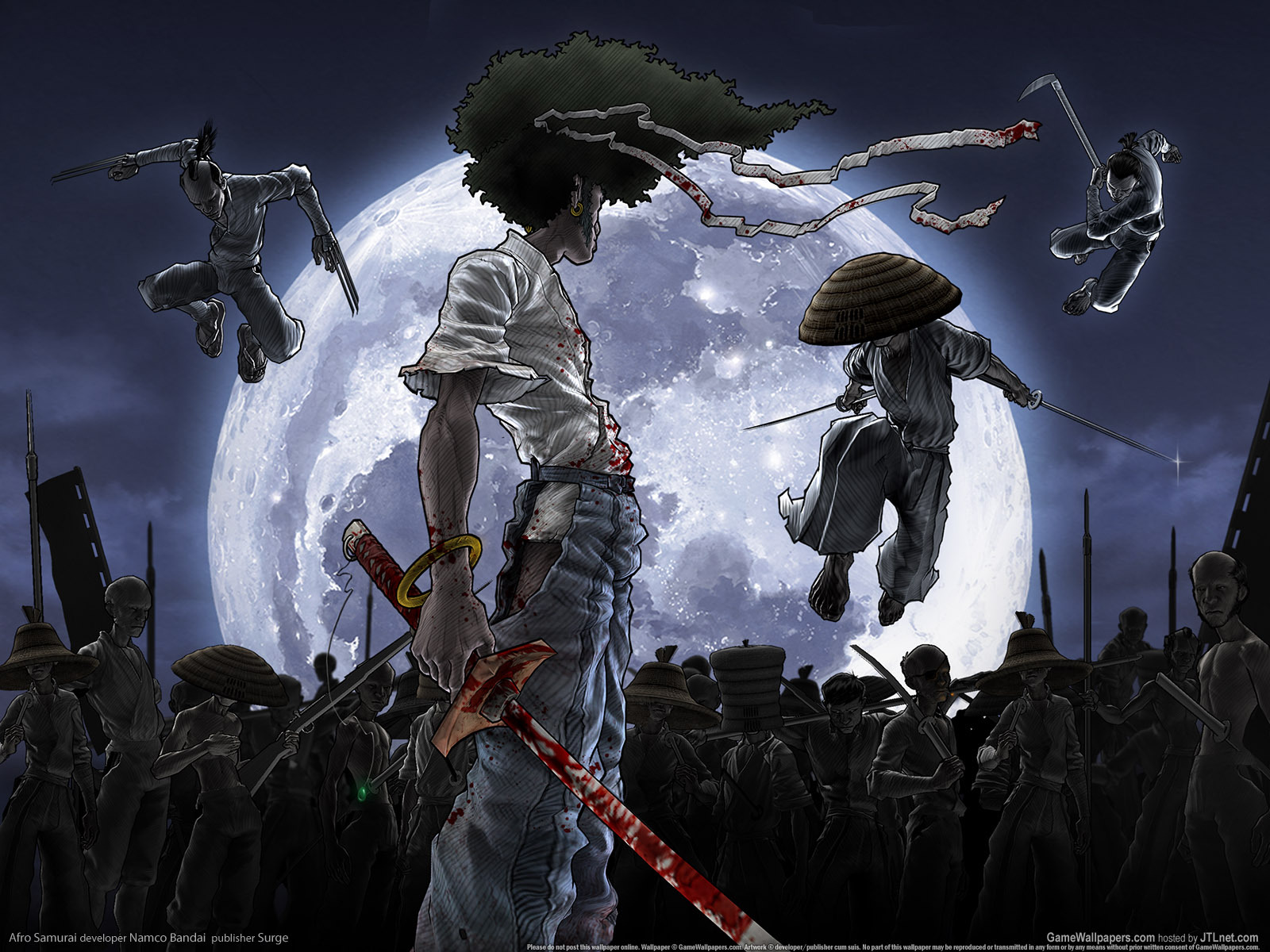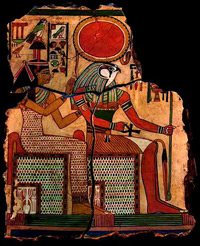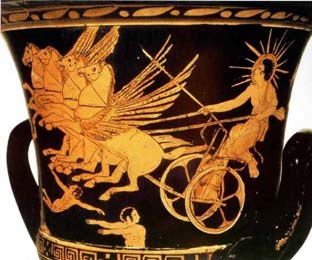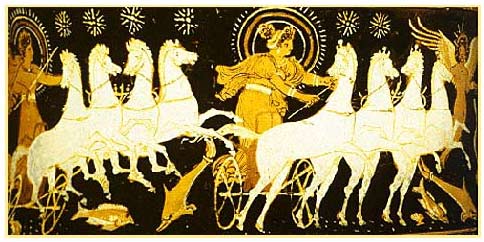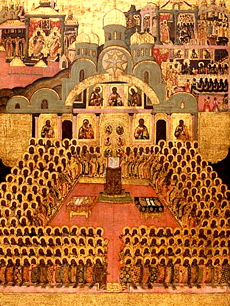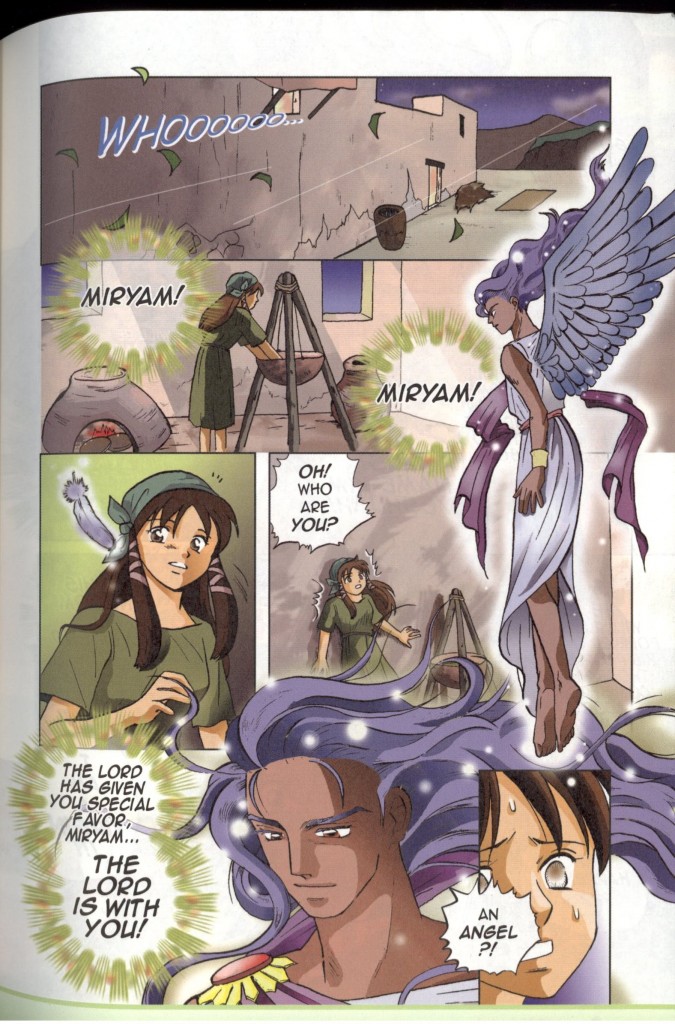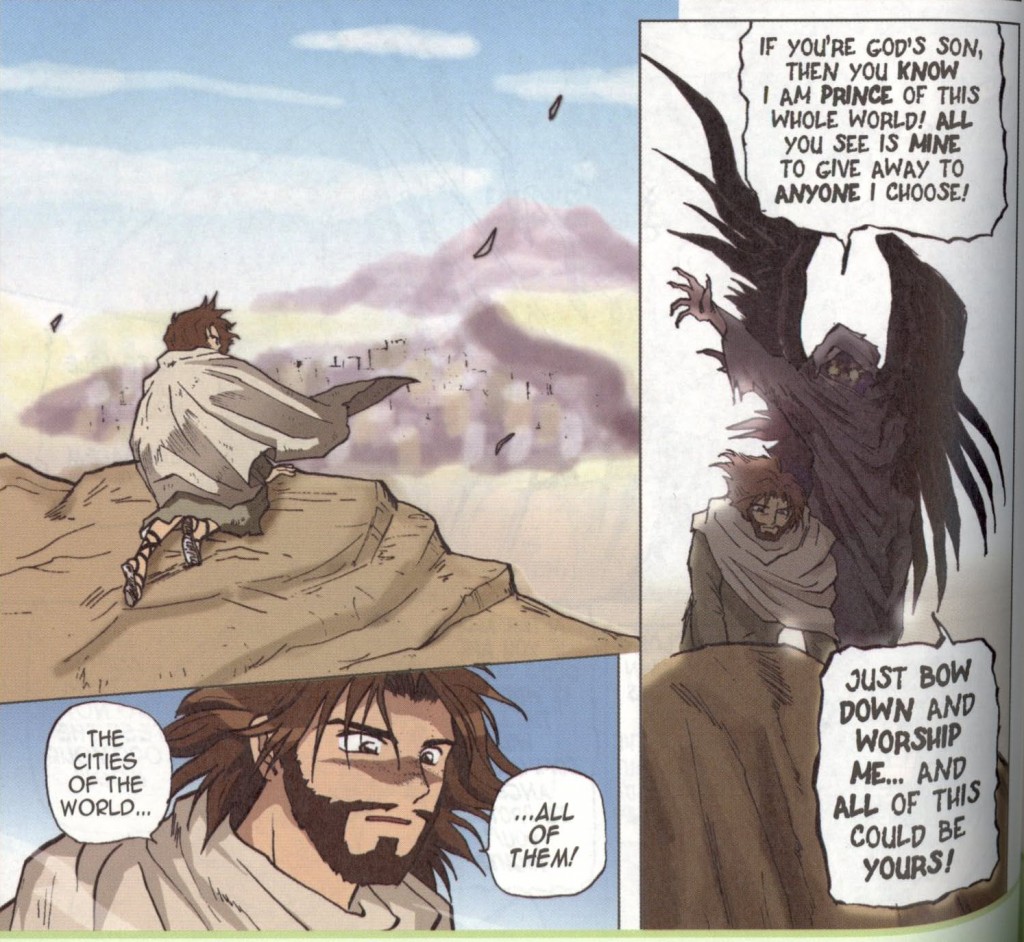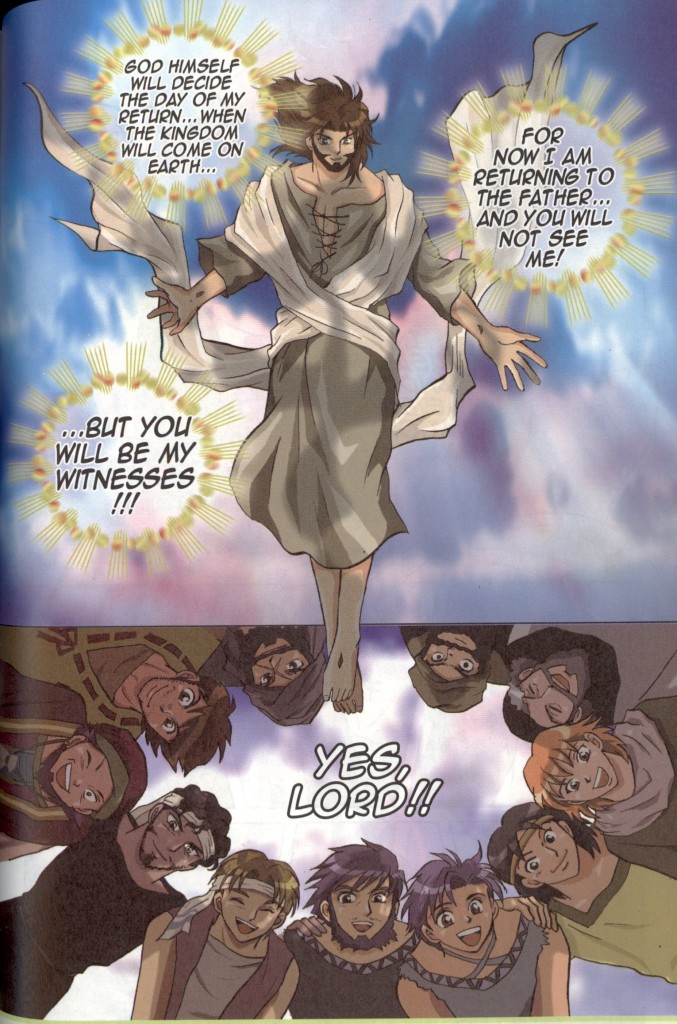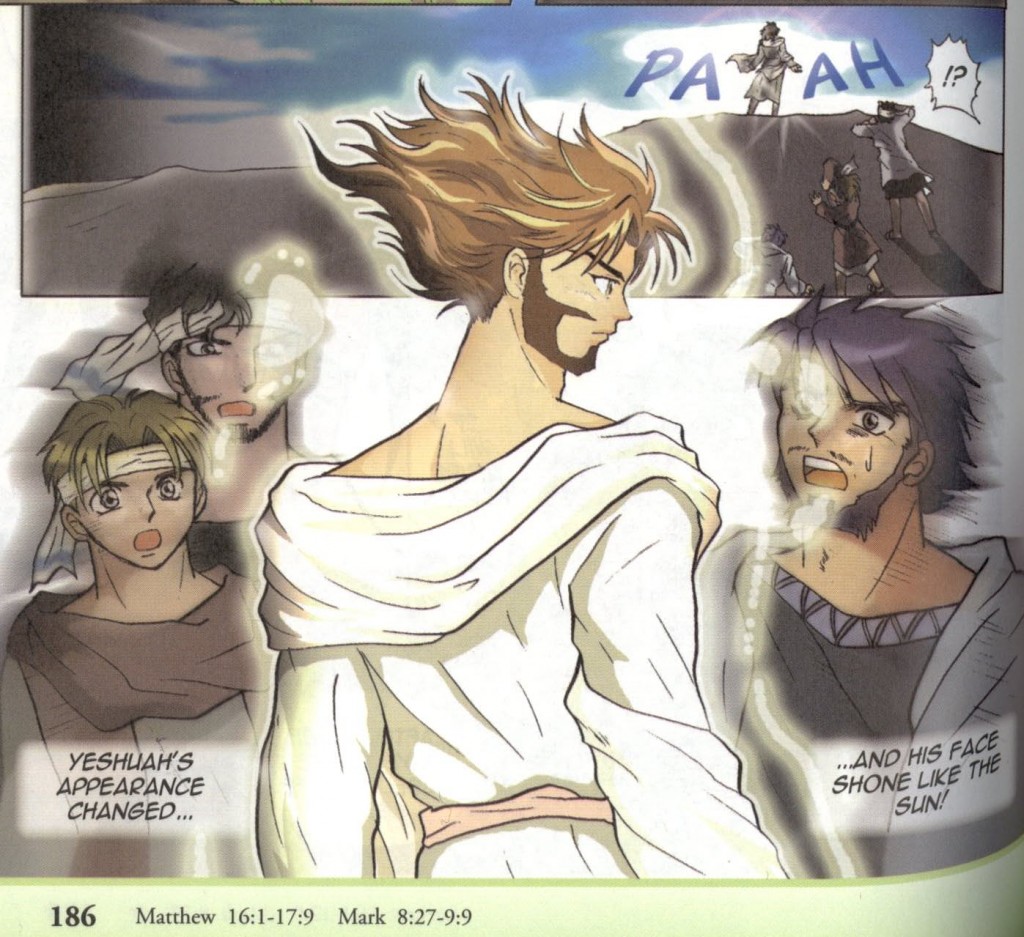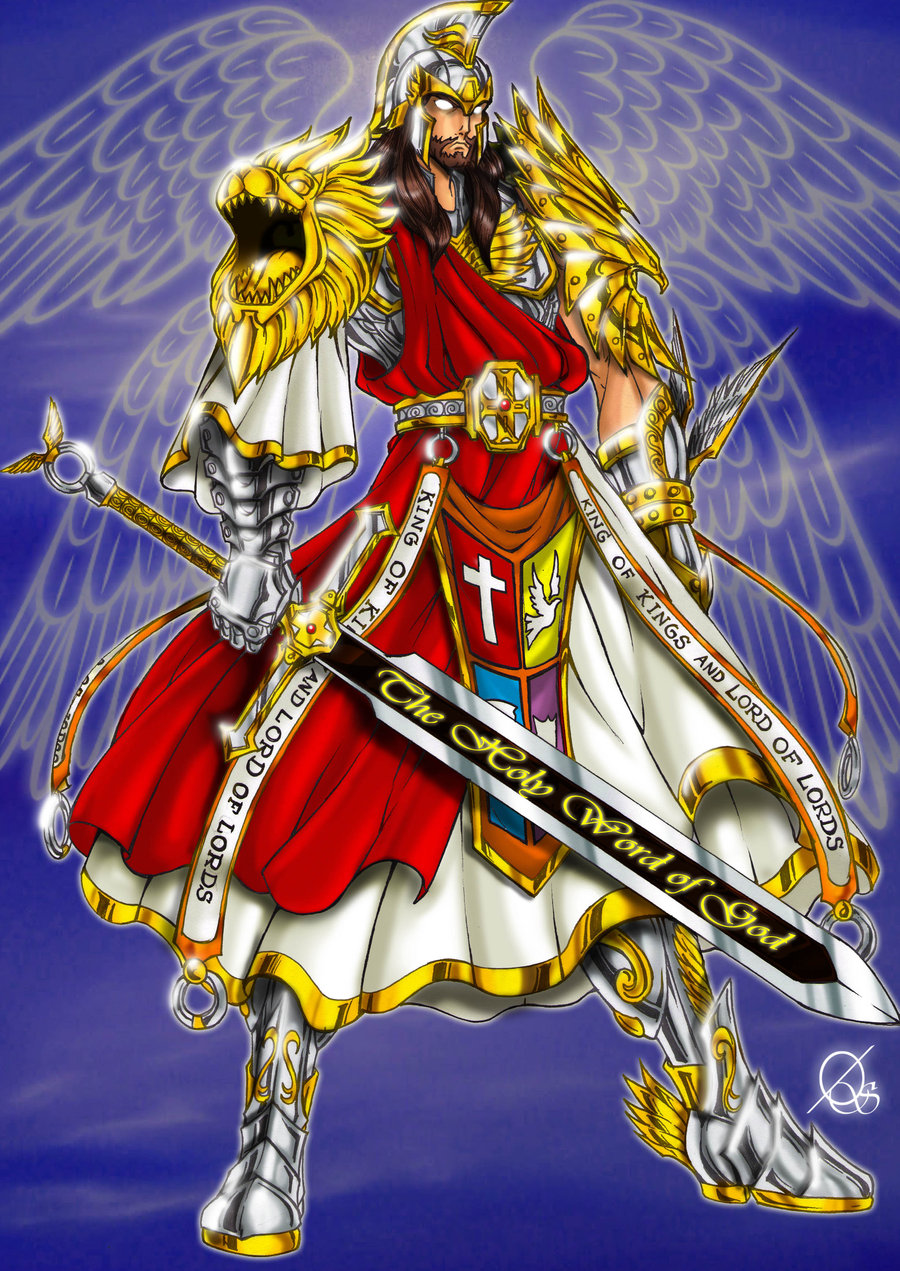The moment one said that Christ could only be portrayed in one manner (i.e. claiming Christ could not be seen conquering demonic enemies via kicking or using a fist, etc.), there was already speculation promoted.....and that was discussed in light of where far more intensive descriptions of how Christ treated the demons in scripture were present - that cannot be escaped anymore than escaping where speculation is present when it comes to icons of Christ on the backs of demons with the imagery present in them - one knows already the real Christ doesn't literally look like what the icon presents nor do demons literally look like that. It's the same with the comic presentations - one man's presentation of Christ beating up a demon isn't a matter of saying it LITERALLY happened that way according to scripture/the Apostles. The same goes for the halos - I can't speak on Dragon Ball Z with saying energy glowing around a person like Christ would be bad and yet keep silent on halos and light outlines around Christ when how he was portrayed in the icons was with imagery used in the Greek/Roman and pagan cultures to portray their gods and goddesses.
....As noted before, in the era of the early church, the artistic portrayal of biblical characters, or iconography, served to teach biblical lessons and church history to the illiterate masses.
But a council held in 753 formally condemned the veneration of icons by Christians and called for the removal of all images from the churches, public buildings and homes of the people. The basis of the position of the council was taken primarily from the biblical teaching that God is invisible, therefore visible, graven images are not to be made and adored by true believers - and Emperor Leo III (717741), the Isaurian, believed the only hope of converting Muslims and Jews was to abandon the use of icons. Tarasius, patriarch of Constantinople, presided over the first seven sessions, and the empress Irene led the final meeting of the council at Constantinople.
As another
noted best:
The veneration of icons has a long and complicated history. It too is the fruit of mens gradual assimilation of the Churchs faith. The early Church did not know the icon in its modern, dogmatic significance. The beginning of Christian art the painting of the catacombs is of a symbolic, or as Professor V. V. Weidle has defined it, a "signitive" nature. It is not the portrayal of Christ, of the saints, or of the various events of sacred history, as on an icon, but the expression of certain ideas about Christ and the Church, first and foremost the expression of the sacramental experience of Baptism and the Eucharist, that is to say of the twofold "mystery" through which salvation is granted to him who has believed. "In art of a signitive kind not the interpretation of its subjects for how they are interpreted makes no difference to its aims but their selection and combination are important. It is not so much inclined to depict divinity as it is to portray the function of divinity. The Good Shepherd of the sarcophagi and the catacombs is not only not an image, he is not even a symbol of Christ; he is the visual signification of the idea that the Saviour saves, that He has come to save us, that we are saved by Him. Daniel in the lions den is likewise not a portrait of even the most conventional sort, but a symbol of the fact that Daniel was saved and that we have been saved like Daniel. This art cannot be called art in the real sense of the word. It does not represent and it does not express: it signifies, and it signifies that fiery core, that living sun of faith in the "mysteries" to which the martyrs and pastors of those centuries, the newly baptized pagans, the rite of their baptism, and the enemies of the Christian Church themselves all bear witness."
But, although it renounced art for the sake of something else, this painting of the catacombs actually proved to be a cause of the "rise of that new, medieval art, religious and Christian throughout, which gradually consolidated itself both in the east and in the west of the Empire. In order that it might arise, corporeal and mental forms and images had to become spiritual, a naturalistic art had to become transcendental. So as to come to life and be reborn, art was obliged to renounce itself and plunge, as though into a baptismal font, into the pure element of faith. It accepted "penitence for its life" and was washed "in the waters of everlasting life" that it might become "a new creature". (V. V. Weidle).
The icon is also a fruit of this "making new" of art, and its appearance in the Church is connected, of course, with the unveiling in the Churchs consciousness of the meaning of God-Manhood: the fullness of the Godhead which dwells is Christ corporeally. No one has ever seen God, but the Man Christ reveals Him in full. In Him, God becomes visible. But this means that He also becomes portrayable. An image of the Man Jesus is an image of God, because Christ is the God-Man. But, if the world itself and its matter can be sanctified by the grace of the Holy Spirit and, feeding our bodies, also feed our souls, or, more certainly, the "whole" man, in Gods full conception of him as an incarnate spirit; if the water of Baptism grants us forgiveness of sins; if the bread and wine of the Eucharist give us in Holy Communion the Body and Blood of Christ, then a portrayal of Christ the product of human art may also be filled with the grace of His presence and His power; may become not an "image" but also a spiritual reality. In the icon there is at once a further revelation of the profundity of the dogma of Chalcedon and the gift of a new dimension in human art, because Christ has given a new dimension to man himself.

Of course, in time things changed...and what was once seen as bad, it was eventually adapted to. Iconoclast
persecution and the history behind how images were seen is rather complicated and has much to teach today...for
there were Iconoclastic monks in Byzantine history - something
that still surprises many when
it comes to noting how bishops/monks actually supported the ban against any and all images of God ....a
lot of it based on politics while other parts of it were based on the level of understanding others had when it came to graven images.....
Today, Others understand the concept of artwork - how it's never just art - and the different styles thereof. A Manga portrayal of Christ can be just as inspiring as seeing him on a Fresco in light of others coming to know the Lord...be it showing him in glorious array or showing him when he was tempted - or, for that matter, showing how it may have looked when He physically drove out ALL others selling in the Temple (John 2) in noting His Father's house was to be a house of prayer (as we don't know how he looked using the whip but what is known is that he was powerful enough to drive others OUT)..
The nature of comics..

[URL="http://osmar-shotgun.deviantart.com/art/THE-JESUS-VICTORY-209387044"]

[/URL]

.



